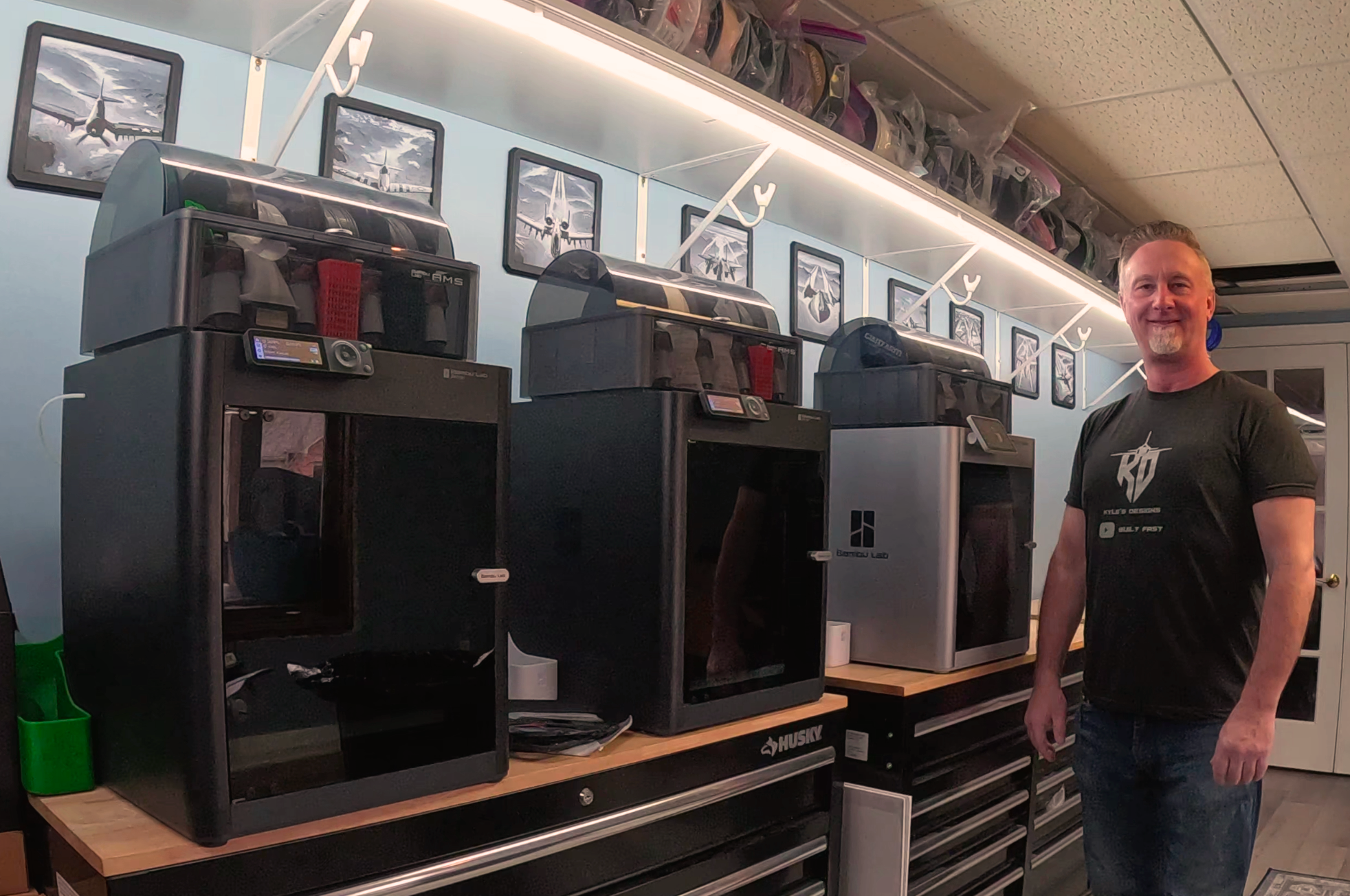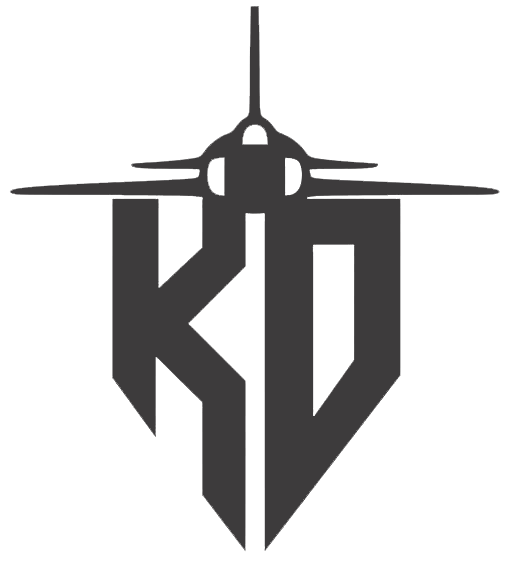
3D Printing RC Airplanes: A Modern Approach to Custom Flight
The world of RC (radio-controlled) aviation has taken a bold step forward with the rise of 3D printing. What was once limited to balsa wood kits and foam-board now includes lightweight, aerodynamic aircraft produced straight from your 3D printer. This technology not only empowers hobbyists to build custom designs but also to repair and upgrade quickly—all from the comfort of home.
Chris' clean active foaming LW TPU settings
Chris' clean active foaming LW ASA settings
Popular 3D Printers for RC Aircraft Projects
Not all 3D printers are created equal when it comes to RC planes. You need printers that offer reliable extrusion, good build volumes, and support for lightweight materials. Some of the top choices in the community include:
Bambu Lab X1 Carbon / P1S

Known for speed, quality, and ease-of-use. Built-in AI monitoring and multi-material printing make it ideal for complex projects.Prusa MK4 / Prusa XL
The workhorse of the hobbyist world. Open-source, reliable, and highly customizable.Creality K2 / Ender 5 Max
Affordable and mod-friendly, especially with upgrades like direct drive extruders and all-metal hotends for specialty filaments.- Voron 2.4, Trident
For makers who want precision and speed in a coreXY setup. Great for large-format wings and fuselage prints.
Lightweight Printing: Materials & Techniques
Getting a functional plane off the ground means minimizing weight without sacrificing strength. Here's how it's done:
Filament Options
- Lightweight PLA (LW-PLA)
Developed by companies such as ColorFabb, 3DLabPrint, Bambu Lab, and eSun, LW-PLA sublimates(expands) when heated, reducing the amount of material needed. Ideal for airframes and wings, it's incredibly light and surprisingly strong. Requires precise tuning. - Lightweight ASA / ASA-LW
Similar to LW-PLA, but weather-resistant and UV-stable. A great choice for outdoor planes. Needs an enclosed printer due to warping tendencies. ColorFabb, Bambu Lab, and eSun. - Regular PLA+ / PETG (for structural parts)
Useful for motor mounts, landing gear, or parts that require a bit more durability than lightweight PLA can offer.
Print Settings for Efficiency
- Layer Height: 0.2mm is standard, but thinner for better detail on airfoils.
- Wall Line Count: 1 or 2 for lightweight structures.
- Top/Bottom Layers: As few as 0–3 to reduce mass in non-critical areas.
- Infill: 0–15%, depending on the structural need (LW-PLA often prints hollow).
- Speed: Moderate to fast, depending on printer and filament (LW-PLA benefits from slower speeds for better expansion).
- Temperature: Tuned to the filament—often higher for LW filaments to activate foaming.
Post-Processing and Finishing
After printing, a little cleanup can take your aircraft from functional to fantastic.
- Support Removal
Use flush cutters or pliers for easy removal. LW filaments are soft—be gentle. - Sanding
Smooth seams or layer lines with fine grit sandpaper. LW materials sand easily, but avoid overdoing it on structural parts. - Gluing & Assembly
Super glue (CA glue) or epoxy is commonly used. Some parts may be heat-welded with a soldering iron for a strong bond. - Painting & Sealing
Acrylic paints and light primers are safe on LW filaments. Use thin coats to avoid adding too much weight. For outdoor models, a UV-resistant clear coat is recommended. - Hardware Install
Add servos, motors, control horns, and landing gear. Some designers include slots and guides directly into their print files, simplifying installation.
Final Thoughts
3D printing RC airplanes blends engineering, art, and aviation into one thrilling hobby. With the right printer, filament, and tuning, you can build custom aircraft that rival commercial kits—often for a fraction of the price. Whether you're flying FPV wings, aerobatic park flyers, or gliders, the possibilities are as limitless as your imagination (and build plate).
Ready to take off? Grab your filament, prep your slicer, and let the skies be your canvas.

